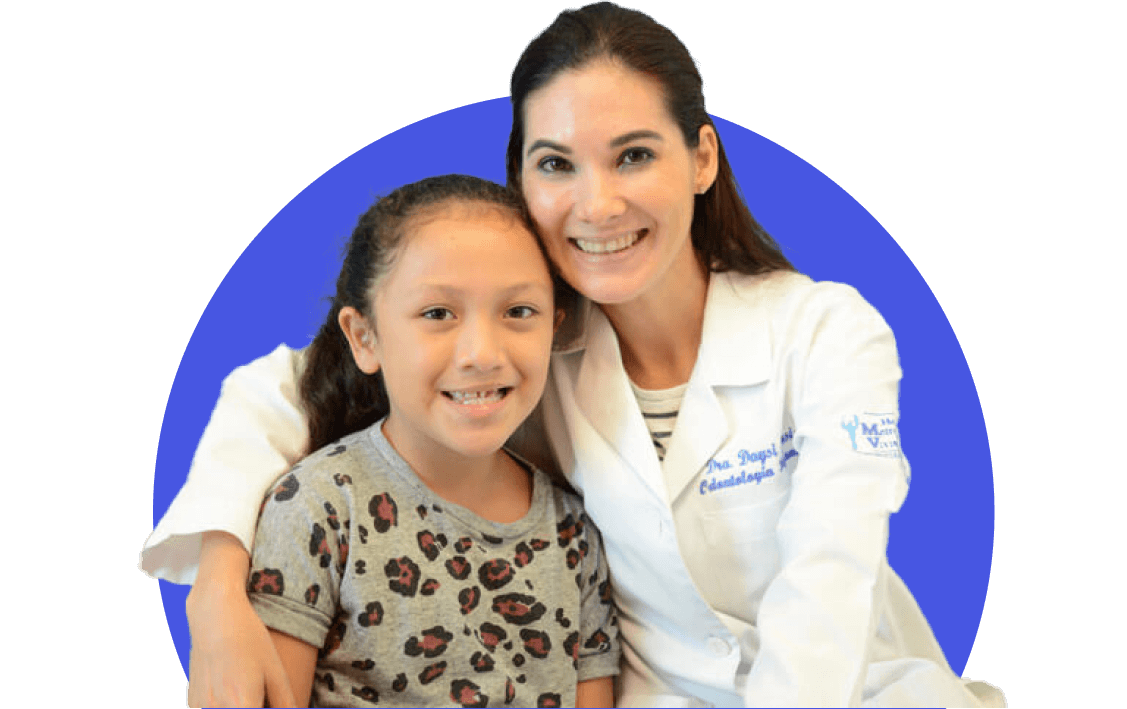- Cleft Home
- What is Cleft Lip and/or Palate?
- Prenatal Diagnosis
- Feeding Your Baby
- What is a Cleft Team?
- Surgery
- Hearing, Speech, and Dental Care
- Paying for Treatment
- Managing Feelings
- Craniofacial Conditions
- Toddlers and Preschoolers
- The School-Aged Years
- The Teenage Years
- Letter to a Teacher
- Information for Adults
- Support Organizations
- Learn More: Downloads
- Cleft Home
- What is Cleft Lip and/or Palate?
- Prenatal Diagnosis
- Feeding Your Baby
- What is a Cleft Team?
- Surgery
- Hearing, Speech, and Dental Care
- Paying for Treatment
- Managing Feelings
- Craniofacial Conditions
- Toddlers and Preschoolers
- The School-Aged Years
- The Teenage Years
- Letter to a Teacher
- Information for Adults
- Support Organizations
- Learn More: Downloads
Who pays for cleft care?
Funding for cleft and craniofacial care may come from one source or from a combination of sources, such as:
– Employer-based or group-based health insurance
– Military health insurance (Tricare)
– Health coverage funded by Medicaid
– Health coverage funded by programs like CHIP and CSHCN
– Assistance programs through hospitals
– Assistance from private service organizations
Will my insurance cover the costs of treatment?
Private or group health insurance policies usually cover at least a portion of the cost of cleft treatment, including operations. Some insurance policies require a copay before surgery, even if the procedure is covered.
Surgical procedures for cleft lip and/or palate are usually considered “reconstructive surgery.” To find out about coverage for your child, contact your insurance company directly. The insurance company should be the primary source of information about coverage.
Is orthodontic treatment covered by insurance?
Many children born with cleft lip and palate need orthodontic care, like braces. In most states, this type of care should be filed as a medical claim, not a dental claim. A health insurance company may deny a claim at first because the service appears to be dental rather than medical. If a claim is denied, you can file an appeal (a second request for payment). When used as part of a craniofacial treatment plan, orthodontic care is medically necessary.
Many states have laws prohibiting insurance companies from denying payment for medical needs due to congenital (birth) conditions such as cleft lip and/or palate. Don’t hesitate to ask your team and/or your primary care provider to help with the appeals process.
How can the cleft team help with payment issues?
Some cleft teams have a financial counselor who advises families on health insurance matters (the team coordinator or social worker may play this role). This person may be able to help you find out which services are covered, assist with an appeals process (as mentioned above), and help provide information to your insurance company about your child’s treatment.
Your team may also be able to provide information about sources of financial assistance in your area. Some private and non-profit agencies provide funds or special services for children born with clefts.
Read the ACPA Paying for Treatment fact sheet
Read the ACPA Financial Assistance fact sheet



